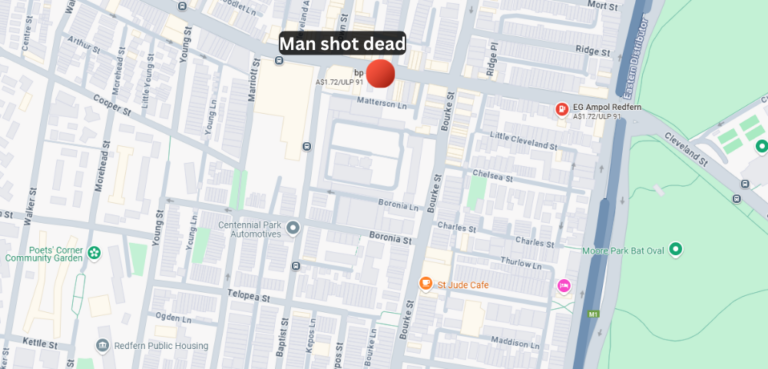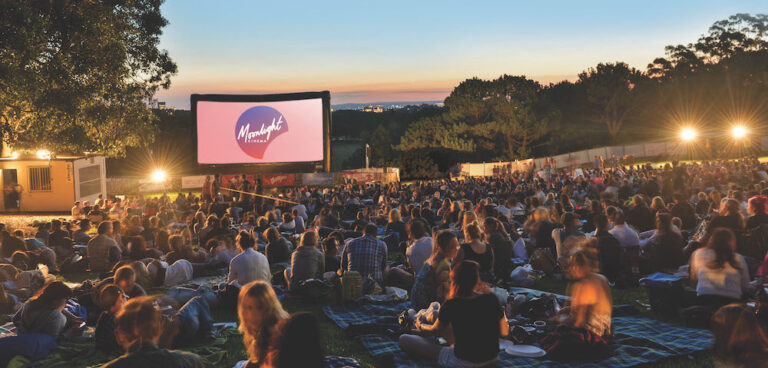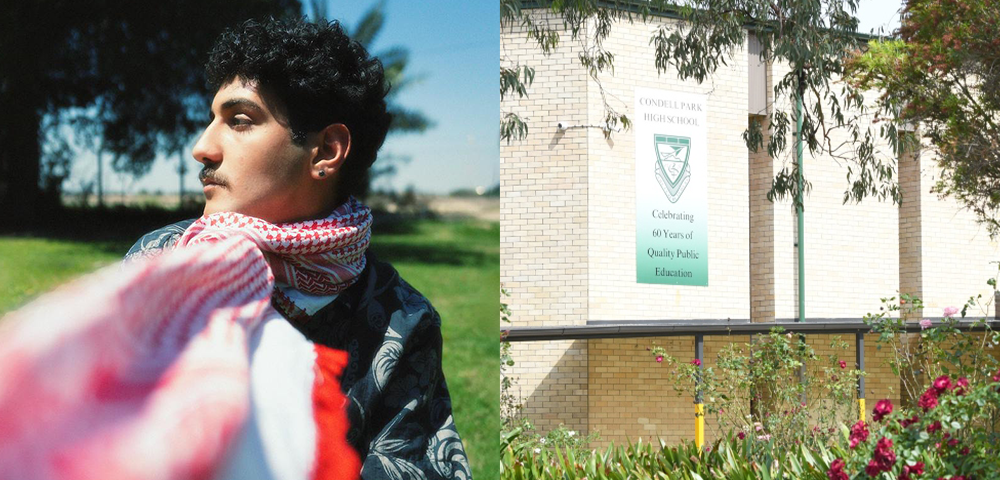

BY ANDREW BARCLAY
Sydney’s largest urban redevelopment project could end up the inner west’s hottest place, with a new study showing temperatures along the coastal Bays Precinct could hit nearly 50 degrees due to a lack of urban greenery.
This has led to claims the NSW Government is at odds with the Federal Government’s recently announced urban tree coverage vision.
The long-awaited Bays Precinct development, which covers 80-hectares stretching from White Bay to the Sydney Fish Markets, is expected to house 16,000 new dwelling as part of the area’s redevelopoment.
Labor councillor and Leichhardt Mayor Darcy Byrne said that as the Federal Government announced plans to cool down Australian cities through better design and more tree canopies, the NSW Government is planning to do the exact opposite.
He said that the by not committing to large parts of urban greenery within the Bays Precinct, it will become the “hottest place in the city”.
“There is no green space – not a single tree or blade of grass – proposed so far in what is already the hottest place in the inner west,” Clr Byrne said
“The Premier didn’t get the memo.”
The announcement came on the back of the release of a study mapping surface temperatures in Leichhardt Municipality that shows land in the Bays Precinct development is already amongst the hottest areas in Sydney’s Inner West.
Acting Minister for Cities and Federal Environment Minister Greg Hunt announced last Tuesday a vision for improved urban tree coverage in cities.
He said that the use of tree coverage in cities to reduce heat would also lead to improved health outcomes and quality of life.
Urban development can lead to streets without trees, which then amplify the heat on hot days.
The yet to be released report was undertaken by the University of Technology Sydney and Leichhardt Council and shows summer temperatures on the ground in the Bays Precinct can be up to 15 degrees higher than in nearby streets. It found a maximum temperature of 45.9 degrees at the site.
“The Bays Precinct will become hotter still if significant new green open space and tree canopies are not included in the redevelopment,” said Cr Byrne.
Kerryn Wilmot, Research Principal at the Institute for Sustainable Futures, said that addressing high levels of heat caused by high-density development was crucial to creating liveable cities.
She said that high-density developments have the potential to increase temperatures to dangerous levels without new green space and vegetation.
High levels of heat have been linked to higher mortality rates and also impact upon the psychological state of residents.
“The greater the density, the more important it is to have public open space,” she said.
”This should be mandated.”
A spokesperson for Urban Growth NSW, in response to Clr Byrne’s claims of a lack of commitment to greenery within the development, said that a key principle for the site was to contribute to healthy, prosperous and resilient lives for those who use it.
“The provision of high quality open space in The Bays Precinct will be a key element of the transformation,” the spokesperson said.
“The Bays Precinct Transformation Plan refers to public open spaces that include parkland, recreation and sport areas, conservation and natural areas, foreshore, linear parks, trails and paths.”
“Where possible green space can play an important role in development through assisting keeping cities cooler during hot days.”
Ms Wilmot stressed that urban development should not be done in isolation, and that it requires suitable public transport and locally-placed employment to support its growth.
Sydney’s population is expected to add one million people every decade and reach 7.5 million people by 2051.
This story was amended on 29 Jan 2016.









